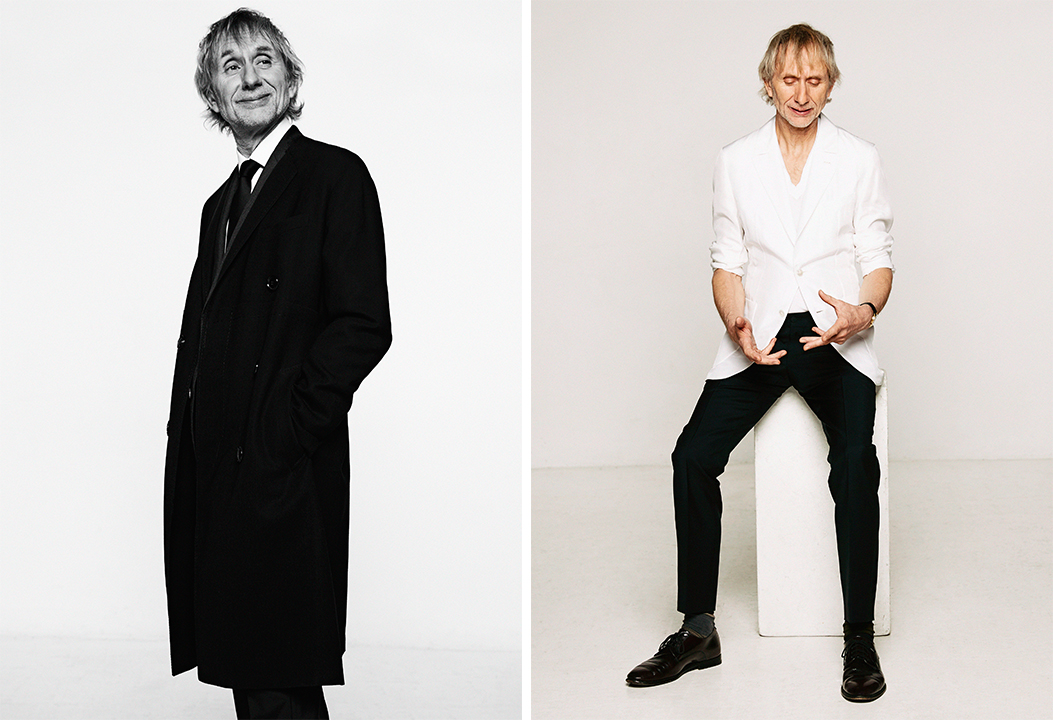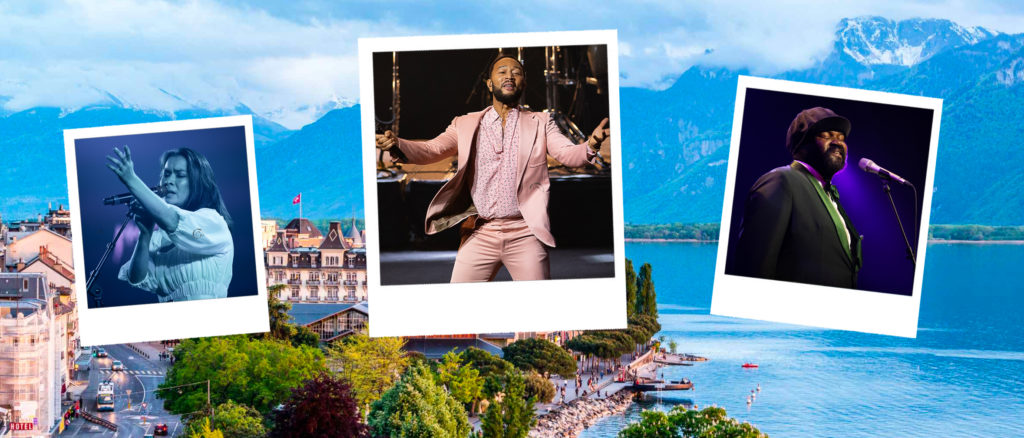If he is known for having won the Special Jury Prize at the Concours national de jazz de la Défense, for his music with multiple references to Miles Davis and for his numerous cross-disciplinary projects with other emblematic artists, Erik Truffaz has above all an incomparable capacity to mix genres, interweave styles and make eras converse. He constantly ventures in new directions, playing with the multiple sounds of his favorite instrument while opening up established boundaries. After the success of Lune rouge, presented by the Erik Truffaz Quartet in 2019, the trumpeter is currently working on a new album in a new genre formation. Exchange with Erik Truffaz to know a little more.
You were quickly introduced to the world of music, notably by your saxophonist father. How did the choice of the instrument finally come about?
My father took me to the brass band, of which he was a member. Paradoxically, I started with the drum, but this instrument was too big and difficult to carry for a 5-6 years old child.
So the members suggested I try a flugelhorn, an instrument very close to the trumpet, which was more adapted to my size at the time. Gradually, I switched to the trumpet and finally kept it!
Your first albums, whether it’s The Dawn or Bending New Corners, are a mix of styles before taking a more rock or electro path. How would you describe this artistic period of your life?
At the time this style was called electro-jazz. It came mainly from the experiences with the Lausanne hip-hop group, Silent Majority, produced by Unik Records with Sens Unik. Then, with a part of Silent Majority we did sound systems in the London club Blue Note. At that time, our parties were mostly electro jazz with drum’n’bass elements, which we adapted.
How did the idea of combining the sound of the trumpet with electronic effects come about?
Very early on, I started mixing the trumpet with other music, especially in the jazz rock bands I played in as a teenager. Around 14 years old I was already using the wah-wah pedal, inspired by the process invented by Miles Davis, to bring more nuances to my sound.

Why did you then decide to evolve on a more rock orientation on The Walk of the Giant Turtle ?
Even though the album was released in the 2000’s, the rock was mostly a reference to the musical roots of my adolescence. As we are about the same age with the bassist Marcello Giuliani and the drummer Marc Erbetta, we share this passion for the good rock bands of the seventies. We wanted to pay tribute to them. With each new album, we ask ourselves and the other artists in which direction we want to go, and indeed we position ourselves according to our personal tastes, the musical experiences we have lived or on the contrary those we would like to invent!
And where do you get this imagination from?
As far as the records produced in a group are concerned, the inspiration comes mainly from sharing with the others, that is to say each one brings his ideas and we invent together. For more individual projects, I am mostly inspired by historical references, my artistic thought starts from the past to go towards the future. It’s always like that! To give a concrete example, in September 2023 I will present a new project in the Swiss Jura, inspired by 14th century baroque music.
Which trumpet players influence your work?
All the artists I listen to inspire me, but my main references are still artists of the 20th century like Miles Davis, Chet Baker, Jon Hassell or even Paolo Fresu and Enrico Rava. Without forgetting the Fribourg-based Matthieu Michel who is at the base of my career by making me take up the trumpet from scratch!
You have the habit of working with other artists as the project In Between in 2010, in collaboration with the singer Sophie Hunger or singer Anna Aaron for El tiempo de la revolucion. Why do you do this?
Simply because I am not a singer! But especially because this mixture brings a new richness, novelty to the style and a great vitality to the songs. These artists, especially the younger ones, bring fresh blood, while allowing us to question ourselves and not to fall asleep on the assets! For example, in addition to singing, Sophie Hunger also invented half of the song Let Me Go. In other collaborations, we compose the music first and then the singers write the lyrics, as was the case with Christophe for example. It’s a different kind of collaboration.
In order to pursue projects with other artists, you left the composition of your last album, Lune Rouge, to Arthur Hnatek, a drummer from Geneva. What were the keys of your collaboration?
We had given Arthur carte blanche! As he is half my age it was interesting to see what he could come up with. Arthur composed music that was technically more complex than we imagined and then we worked together to rearrange some of the melodies. This experience gave the Quartet a good boost!

The Erik Truffaz Quartet was founded in the 90s. How did the idea of a quartet come about?
Paradoxically, initially it was a quintet, signed by a Swiss label. The first record was produced by the Radio Suisse Romande! But needing more freedom and space, the quartet formation seemed to me more adapted. Thus was born the Erik Truffaz Quartet in 1997. We already knew each other and the other musicians. For example, with the drummer Marc Erbetta we had done workshops together at the AMR, the Geneva Jazz School. I had met Marcello Giuliani a little earlier in Montreux and his ability to play several different bases was very interesting for electric music. Finally, as I had been following Patrick Müller’s keyboard work for some time, who is from Geneva by the way, I naturally proposed him to join us. Together we released our first album Out of a dream on Blue Note Records, and the rest is history.
The Quartet was founded more than 20 years ago, do you feel that your style has evolved over the years, the concerts and the tours?
It has not de-evolved, which is already a good point! The sound has certainly evolved, but for the music, I don’t know. It has certainly become different, in the sense that the first records were mostly following the trends of very traditional jazz, whereas the style is much more mixed today.
What new project are you working on at the moment?
For the blow, it will be completely different from what the public is used to hear! The record, which will be released in early 2023, is entirely dedicated to covers of film music, such as those of Fantômas and Les Tontons flingueurs, or the tapes composed by Ennio Morricone. The sound will be close to country, jazz and rock. For this project, there will still be Marc Erbetta and Marcello Giuliani, but we will also be accompanied by Sophie Hunger on keyboard, Raphael Chassin on drums and guitarist Freddy Koella, who played with Bob Dylan for two years.
How do you apprehend the future of your music, what are the directions in which you will bring your public?
More and more, I’m turning to small formations, often in duet, like this upcoming project with Marcello Giuliani. At the same time, I really like classical works, which is a direction I would like to move towards in the next few years. It’s an opening to other universes that allows me to do acoustics and venture into other sounds. For example, I wrote a piece for the National Orchestra of Lille with whom I played as a soloist and recently performed with the National Orchestra of Bordeaux Aquitaine.
